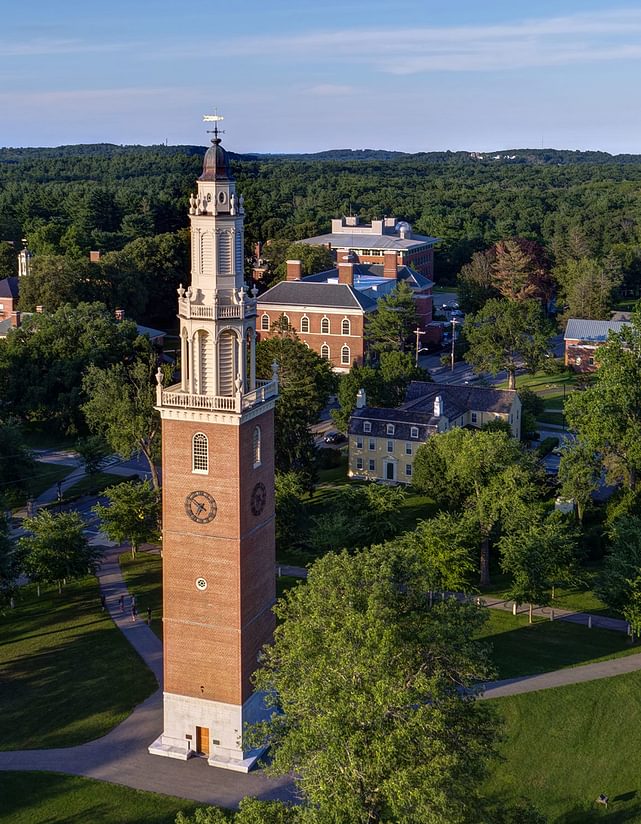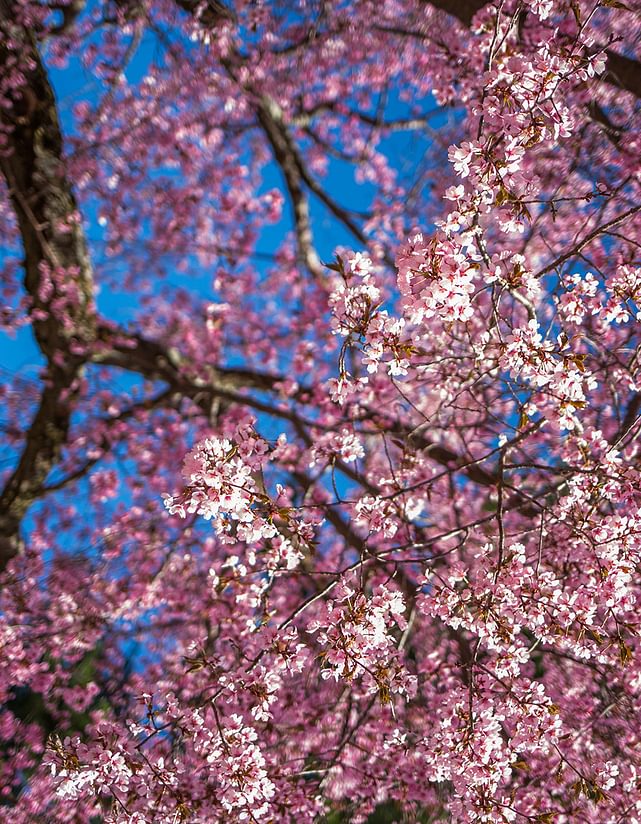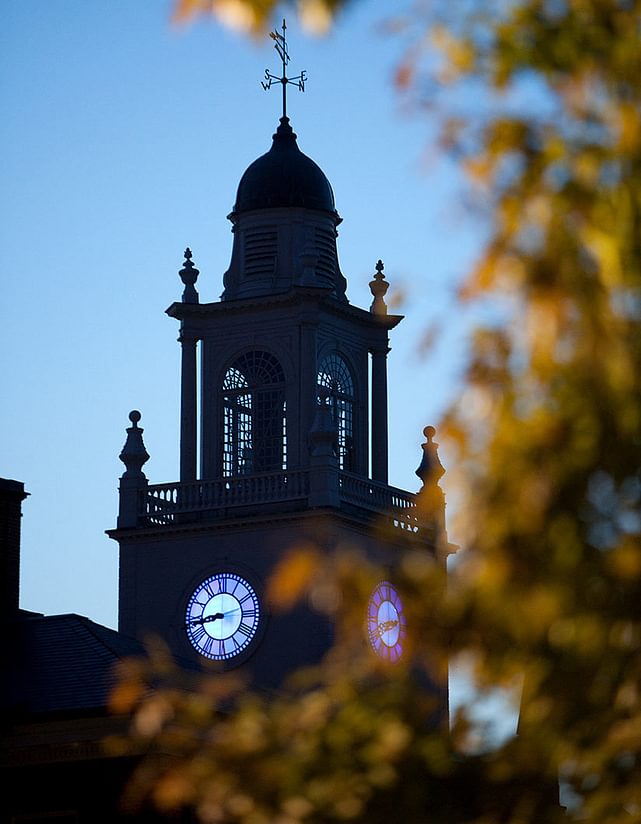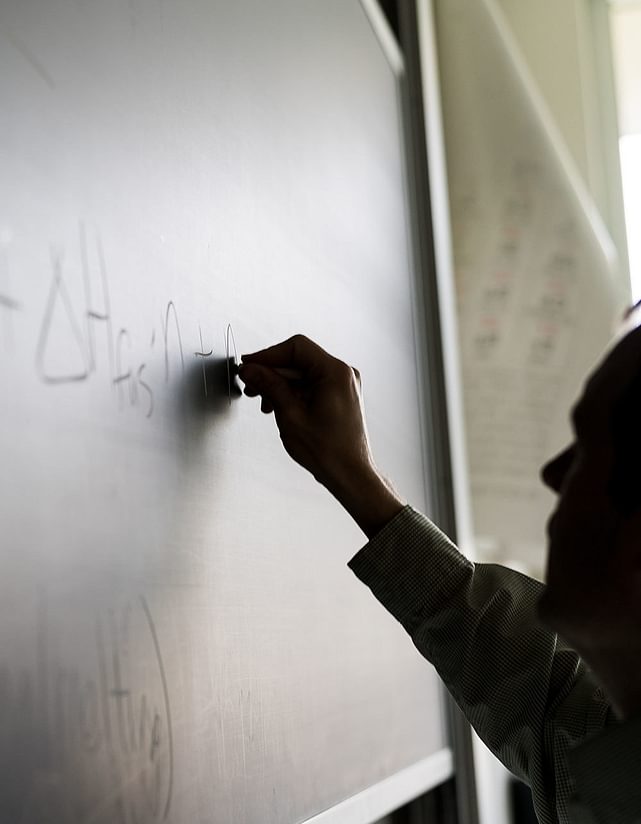
November 18, 2022
Andover welcomes first Black Student Union
Affinity group is strengthening community for all Black students on campusby Lori L. Tharps
In May 2020, the murder of George Floyd ignited a racial reckoning across the United States. Already in the grips of a global pandemic and forced to contemplate both the fragility of life and the interconnectedness of the human family, the country came face-to-face with the persistent anti-Black racism that permeates much of society. In turn, major corporations, educational institutions, and individuals took stock of their role in upholding a flawed system. Painful truths were shared and promises to do better were made, including at Andover.
Like many independent schools and colleges across the country, in the wake of the 2020 Black Lives Matter 2.0 movement, Andover was called out for acts of racism and microaggressions. An Instagram account with the handle BlackatAndover was launched where Black students—both past and present—could post anonymously about their “negative experiences at the Academy.” When somebody decided to turn some of the discussions into posters, and place them across campus in December 2021, Black students at Andover mobilized.
“I think the students had enough,” says Yasmine Allen, a Spanish instructor, who also serves as the Community and Multicultural Development (CAMD) program coordinator. “They must have been at their breaking point to post over 200 comments on Instagram,” she adds.
A breaking point had been reached and the Black students decided that what they needed was a group to call their own. Given the current events at the time, and the unavoidable proof posted online and on campus, the faculty and administration readily agreed, and the wheels started turning to launch the first Black Student Union (BSU) at Andover.
If students are not affirmed, [then] they won’t feel empowered to show up as their best self in the greater community.
”Black to the Past
There are other groups at Andover that address Black issues, including Af-Lat-Am, a group that was formed back in 1967 by Black students who felt they needed to educate the greater campus community about the Black experience. The founder and first president of Af-Lat-Am, Willie Ivey ’68, remembers the feeling of being one of a small number of Black students on campus at that time, a time when the United States was roiling with racial tensions and unrest.
But on Andover’s campus, Ivey recalls, the reality of what it meant to be Black and why the events happening outside Andover’s walls mattered, weren’t understood. “The broader [Andover] community didn’t know why some of the things that were going on in our communities at that time were actually going on and why they should care.”
In response, Ivey and some other students launched a group called the Afro-American Society. “Our hope was that we could educate the broader community,” Ivey recalls. As such, the Afro-American Society hosted seminars and discussion groups about a variety of relevant topics. “We invited the entire community to our meetings, not just other Black students,” Ivey says.
Six years later, in 1973, the Afro-American Society expanded to incorporate Latinx students and the group’s name was changed to Af-Lat-Am.
As time passed, Af-Lat-Am grew to be known as the club on campus that not only served as a support group for Black and Latinx students, but also as a group with a mission to educate the greater Andover community about Black and Latinx culture and issues. All of the group’s events and activities were open to students of all racial and ethnic backgrounds.
Over the years, Af-Lat-Am grew in popularity, hosting events like Black Arts and Latin Arts weekends and anti-racism workshops, and they brought diverse speakers to campus. Af-Lat-Am reunions brought alumni back to campus who had never participated in their activities while they were students. But even with its popularity and inclusive agenda, Af-Lat-Am couldn’t be all things to all people.
In 1996, the Latinx students on campus petitioned for and got permission to create a group just for Latinx students. That group, Alianza Latina, began operating as an affinity group in 2017. An affinity group is different from a club. An affinity group is meant exclusively for the community it is founded to serve. Af-Lat-Am is a club, and therefore remains open to anybody who wants to join.
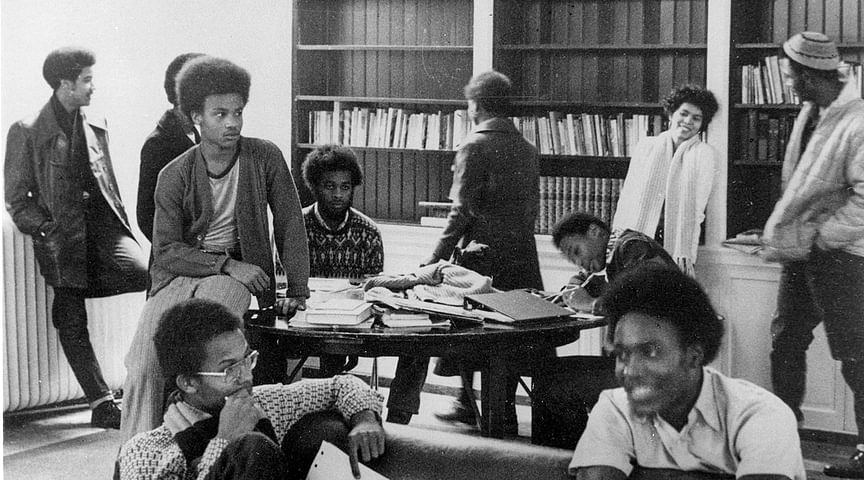
Affinity Groups are trending
According to Linda Carter Griffith, associate head of school for equity, inclusion and wellness, affinity groups are trending at Andover. Everybody wants one, and as far as she is concerned, that’s a good thing.
“When we’re creating affinity spaces, we’re looking to do what author and educator, Dr. Beverly Tatum calls the ABCs,” Griffith explains. “That means ‘affirm identity, build community, and cultivate leadership.’” This, Griffith says, is a win for everyone in the Andover ecosystem. “If students are not affirmed, [then] they won’t feel empowered to show up as their best self in the greater community. And, of course, we want them to show up as their best selves.”
Currently there are more than 30 clubs and affinity groups at Andover that cater to students across a range of racial, class and religious identities. The question is, if affinity groups are trending, why did it take so long for the Black students to get their own affinity group?
The answer is complicated. The shadow of Af-Lat-Am loomed large for one, but there were other issues at play as well. Despite the persistence of racial issues on campus, there wasn’t a single Black experience at Andover. Class issues, country of origin, and whether a student was an athlete or not could all make a big difference in how a Black student experienced Andover. Moreover, since there has never been a large number of Black students on campus—currently Black students make up nine percent of the student body, which is the largest percentage in the last 10 years—it was hard to form a consensus for what a Black affinity group should be about. That’s not to say that the idea of an affinity group for Black students was never proposed.
In 1969, Black students tried to apply for affinity group status for the Afro-American Society, but they were accused of “reverse racism” because white students wouldn’t be allowed to join. So, the students of AF-AM rescinded their request to avoid “heated confrontation” with white faculty and students. On February 5, 1969, The Phillipian reported on the issue in a front-page story with the headline, “AF-AM Decides to Withdraw Petition to Exclude Whites.”
More than 50 years later, BlackatAndover highlights an urgency, one that calls on the entire community to commit to making unbiased choices and being antiracist in all aspects of our lives.
“It’s important that all students see their identities validated and supported,” says Head of School Raynard Kington, MD, PhD, P’24. “Affinity groups should not be misconstrued as exclusionary. In fact, they demonstrate that we value all students as citizens of Phillips Academy and as citizens of their global communities.”
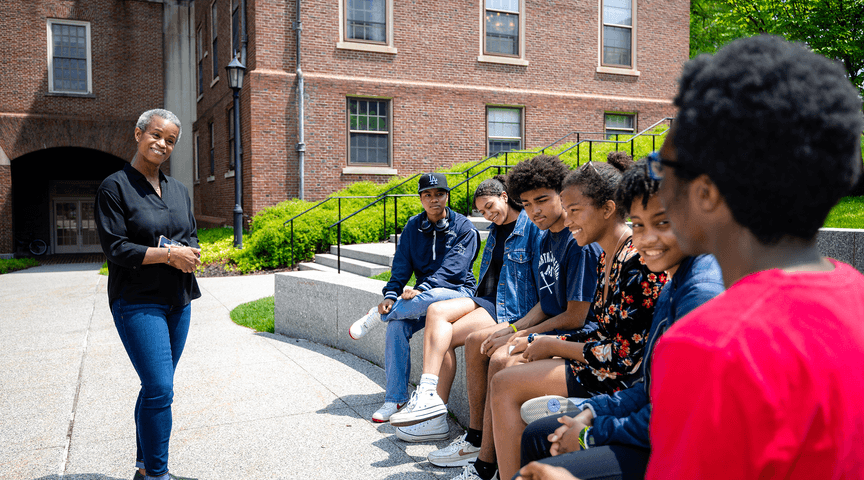
Diversity and Community
The leaders of today’s BSU, a board made up of seven students, acknowledge the diversity of the Black experience, but that’s not deterring them from their mission.
“When I asked the students how they were defining ‘Black’ for BSU membership, they had a lot to say,” recalls Bridget Tsemo, a former English teacher at Andover who served as the director of CAMD during the 2021-22 school year and worked with the students to launch the BSU. “They wanted to make sure that African students were represented. They wanted to make sure that Black Latinx students were represented. Including students who identify with different genders was also a priority,” says Tsemo.
In other words, this 21st-century BSU is all about building community and improving solidarity for all of the Black students on campus.
 Suhaila Cotton ’24, BSU board member
Suhaila Cotton ’24, BSU board member
“The BSU is a space for Black students to become a tighter community,” says BSU board member Suhaila Cotton ’24. Her fellow board members echo this sentiment, saying they’re trying to create a space where Black students can relax, get to know each other better, and form tighter bonds. They also need a space where they can process the microaggressions and racism that comes with being Black at Andover.
“At the end of the day, this is a predominantly white institution where there are many instances where you can feel alienated or othered,” says Adaora Mbanefo ’24, another BSU board member. “We need a safe space where we can [discuss our issues] without judgment with people who understand and can relate,” she says. “I think that’s just so necessary for our own mental health and also for our overall academic career.”
Indeed, being Black at Andover and Black in the world can take a heavy toll on a young person’s mental health. Cotton chokes up when she describes a support gathering the BSU held for Black students to process the mass shooting of Black shoppers at a Buffalo supermarket in May 2022.
“We just had to hold space for people to talk about how that impacted us,” she says. And while the board members all agree that the BSU has no plans to make education and activism around campus their primary mission, Cotton says centering the well-being of Black students is. “I think that in itself is activism,” she says, “but activism for ourselves.”
It may have taken a while for Andover to get its first BSU, but in the capable hands of these dedicated students, odds are, this group will thrive into the future. “Now that we have the BSU,” says Mbanefo, “I feel like it’s really important to let people know we’re going to be around for a long time.”
Lori Tharps is a writer whose work meets at the intersection of race and real life. She is an author, journalist, educator, podcast host (My American Melting Pot and My Bloody Hell), and popular speaker. Learn more at loritharps.com.
Categories: Campus Life, Magazine
Other Stories
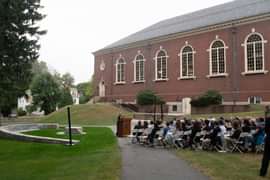
Contemplative space honors the spirit of PA’s first Jewish chaplain

Computer science instructor Nick Zufelt and AI expert Chris Meserole ’98 discuss ways tech will enhance education
